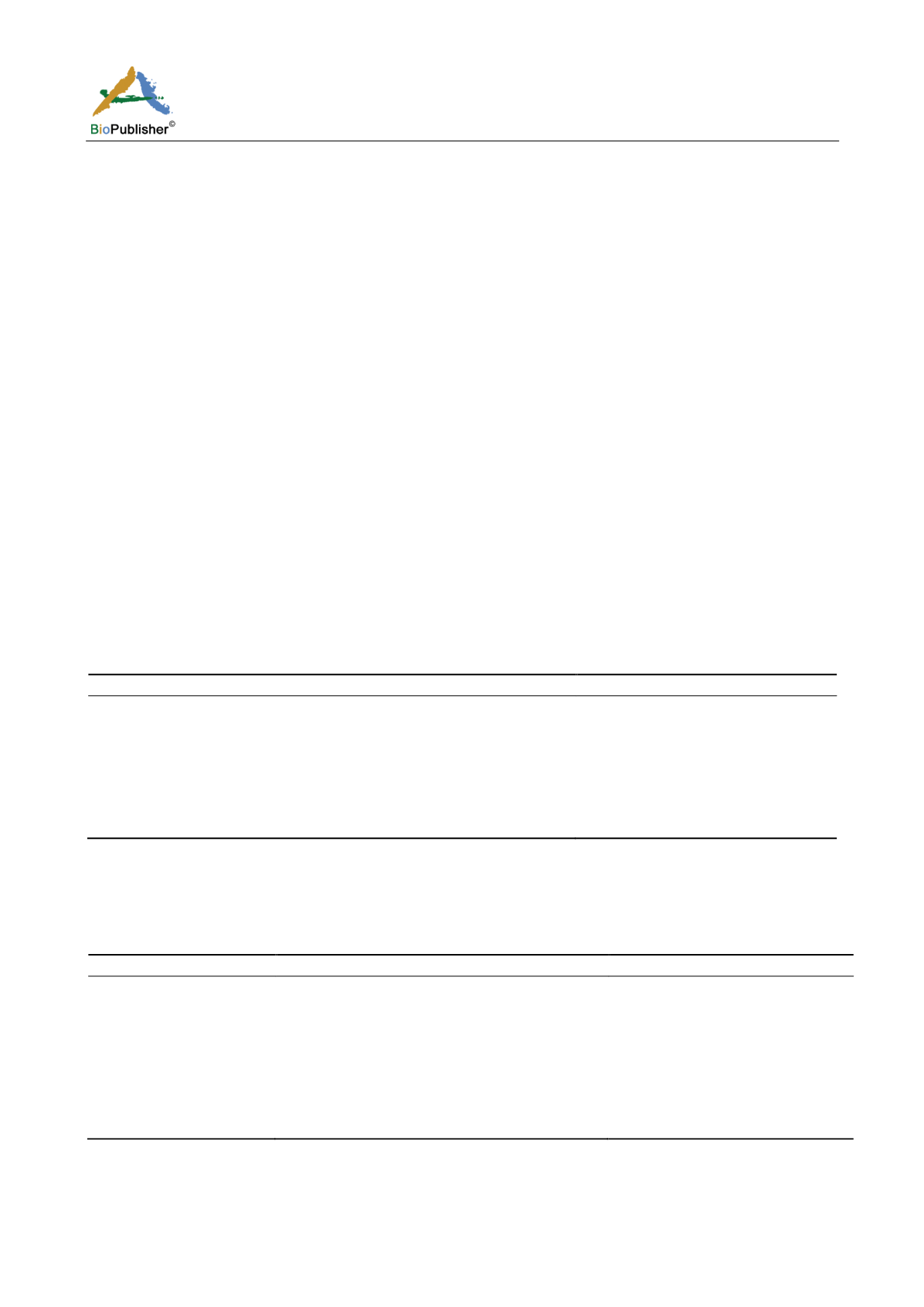
International Journal of Marine Science, 2017, Vol.7, No.16, 141-160
152
mg/L at the Karnafully River Estuary (Jetty No.15) and lowest was 169 mg/L (Uddin, 2006). The concentration of
TDS was 520 mg/L and TSS was 220 mg/L in dry season and 400 mg/L TDS as well as 620 mg/L was found in
wet season at KPM discharge point (Akter, 2012). Akter (2012) showed that solid waste generated from domestic
sewage which contributes (53.9%), street sweeping (19.5%), commercial waste (1.4%), industrial waste (8.2%)
and clinical waste (1%) in Chittagong city. According to Sarkar (2000) domestic sewage contributes (48.9%),
street sweeping (21.5%), commercial waste (18.4%), industrial waste (10.2%) and clinical waste (1%) in
Chittagong city.
3.4.3 Domestic sewage
The mixture of water and waste products popularly called sewage (EQS, 1991). Human excreta is only one
component of domestic sewage with the wastes of personal washing, household cleaning and home food
preparation adding to the dissolved and suspended, organic and inorganic materials in the carrier water (Uddin,
1993) consist of nitrogenous materials, carbohydrates, fats and soaps (EQS, 1991). The Chittagong city has about
50000 sanitary latrines, 24000 service latrines and 3 public toilets whose excreta collected by the municipality are
stored in 5 large tanks for 2 months and then discharged into the rivers (Mozumder, 2003). In case of sewage,
Chaktai canal contributes 30%, Monoharkhali canal 15%, Majhirghat canal 25% and Firingi-Bazar canal 18% into
the Karnafully River (Source: Ahammod, 1995).
3.4.4 Oil pollution
Oil pollution is only one of man’s untreated wastes which contributing to the deterioration of the environment
(Ahmed, 2006). In the coastal area, it is about 0-2.3 to 0-3.4 ug/kg on the surface of the water. In the tanker routes,
it is about 21.7 to 11.2 ug/kg on the surface and the value of the same varies from 23.2 to 13.6 ug/kg at 10 m deep
water (Alam, 2004) (Table 14).
Table 14 Oil and oily substances in the Chittagong Area
Oil and oil emulsion source
Estimated source of discharge
Chronic spillage of crude oil during transportation operation in Chittagong port
6000 metric ton/year
Ballast water
Not known
Bilge water
2.4 million gallons/year
Leakage loss of fuel oil from mechanized vessels, dry dock, fish harbor etc.
Not known
Oil emulsion from workshop
Not known
Crude oil residue process oil and wash water from refinery
50000 metric ton/year
Refuse oil from ship breaking activities from Fauzderhat
400 kg/year
Note: Assuming 0.5% transportation loss during crude oil transfer at Chittagong port; Source: ESCAP (1988)
According to Ahmed (2006) about 102-230 mg/L residual oil from surface area, 33.6 mg/L-180 mg/L from 5 m
depth and 35.5-230.5 mg/L from 10 m depth were found (Table 15).
Table 15 Probable oil spill points in Chittagong coastal environment
Oil spill sources
Kinds of probable spill oil
Remarks
Oil companies terminal
Gasoline, kerosene, diesel oil, fuel oil, lubricating oil
Loading/unloading operation
Dry Dock
Diesel oil, fuel oil, oil mixed debris
Repairing, painting
Eastern Refinery
Heavy oil, oil residue
Crude oil refining
Port operations
Diesel oil, fuel oil, ballast, bilge
Cargo vessel and oil tanker
Ship breaking activity
Heavy oil, oil debris, ballast, bilge
Dismantling of ships/tankers
Outer anchor
Bunker oil, gasoline, kerosene, diesel oil, fuel oil
Collision, grounding
Inner anchor
Bunker oil, gasoline, kerosene, diesel oil, fuel oil
Collision, grounding
Port area
Bunker oil, Diesel oil, lubricating oil
De-ballasting, De-bilging
Note: Merchant vessels and tankers based sources; Source: Hossain (2006)


